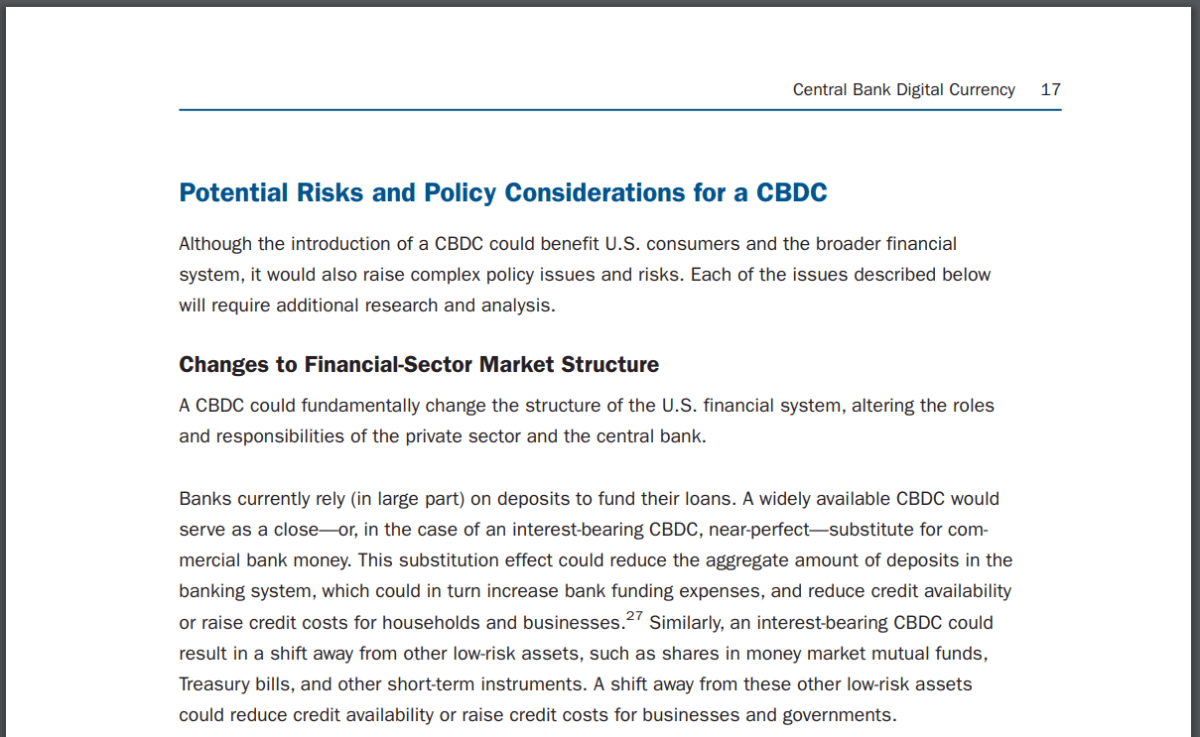What is CBDC and how is it better than Stablecoins

CBDC (Central bank digital currency) is a cryptocurrency issued by the central bank of a state.
The introduction of a CBDC helped in adoption and regulation of crypto. Different countries have begun testing their own digital currencies, which can bridge the gap between blockchain and the traditional economy.
Traditional stablecoins are issued mostly by private financial companies and crypto exchanges. This raises doubts about the reliability of their use in mutual settlements.
So far, China has made the biggest progress in launching a CBDC. It has been testing the digital yuan (e-CNY) in the economic zone of some territories for the past 3 years. Trials have taken place in Suzhou, Xiong'an, Chengdu, Shanghai, Hainan, Changsha, Xi'an, Qingdao, Dalian and the Winter Olympics area. In 2022, the provinces of Sichuan, Hebei, Jiangsu and Guangdong joined the pilot test of the digital yuan.
The United States treats CBDC with extreme caution. The development of the US Central Bank digital currency is at an early stage due to the high level of bureaucracy and control . This is partly due to the Fed’s strict policy that fails to reach consensus on the issue of its own digital currency.
At the same time, the head of the Federal Reserve System, Jerome Powell, stated the need for “proper oversight” of stablecoins. According to the report on the digital dollar, Powell highlights the main aspects on which the Fed focuses:

Risks and Challenges of CBDC Launch (US Federal Reserve Report)
Traditional stablecoins have features and properties of cryptocurrencies. Users can easily make international transfers of any amount and address without having to verify their own wallet in any registry. A CBDC is different from cryptocurrency, as it must meet the requirements of the Central Bank for the national currency. That’s why launching a central bank digital currency takes so much time and money.
It is necessary to find a compromise between the "cryptocurrency" part of the CBDC and the peculiarities of the country's national currency. It is necessary to clearly interpret the status of cryptocurrencies in the legislation to do this, as well as the rules of crypto market regulations. The launch of a CBDC will make sense only after the absence of bureaucratic obstacles. Otherwise, it looks like a small “cryptocurrency startup”, which the Central Bank of the state decided to show off.

